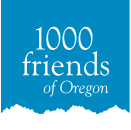Key concepts and terms for understanding land use
Glossary of terms
- Affiliates
1000 Friends maintains a formal network of local affiliate groups who are our eyes and ears on land use issues throughout the state. - Comprehensive Plans
Every city in Oregon is required to have a comprehensive plan created and updated through a public process, in accordance with the 19 statewide land use planning goals, and approved by the state. Comp plans set standards on how certain types of land are planned and zoned, and determine development patterns for decades at a time. - CAP: Cooperating Attorney Program
Since 1981, more than 150 professionals have volunteered their time as part of our Cooperating Attorney Program (CAP), providing pro bono land use legal aid to Oregonians and Oregon communities threatened by irresponsible or illegal land use decisions. The program has resulted in dozens of positive rulings, protecting tens of thousands of acres of farm and forest lands, strengthening Oregon’s land use system, and ensuring that local officials follow their city and county development plans as well as statewide land use laws. - DLCD: Department of Land Conservation and Development
The agency within the State of Oregon’s Executive Branch which administers the Oregon land use planning program. - EFU land: Exclusive farm use land
The land in Oregon that is zoned and protected specifically for agriculture.
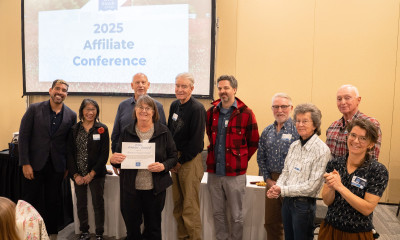
In early November, 1000 Friends affiliates, staff, and partners gathered to celebrate our shared history and plan for upcoming advocacy. Here is a recap—with lots of great event photos!
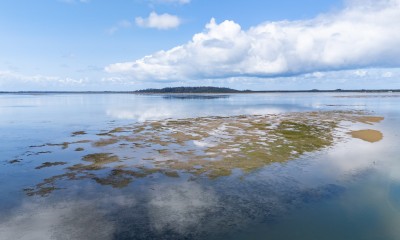
Eelgrass is essential to Oregon’s estuaries, biodiversity, and carbon sequestration. As seagrasses worldwide decline, Oregonians are taking a proactive approach to protecting them.
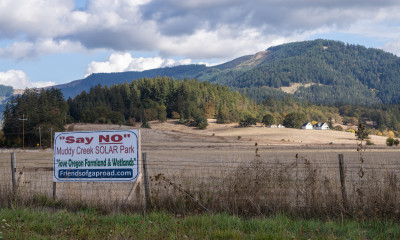
While sustainable energy sources are a pressing need in mitigating climate change, renewables don’t need to come at the expense of farmland.
Glossary, continued
- FAAC: Forestry and Agriculture Advisory Committee
Since 1974, 1000 Friends of Oregon has worked to uphold and strengthen Oregon’s statewide land use system, protecting our precious working lands from sprawl and other forms of misuse. Our Forestry and Agriculture Advisory Committee (FAAC) –formerly called the Farmer Advisory Committee (FAC) – brings together more than 70 farmers, ranchers, and foresters from across the state to provide the experience, insight, and policy recommendations our state needs. - Land use planning
In Oregon, this refers to the intentional and regulated set of statewide laws, policies, and procedures that govern the management and development of non-federal and non-tribal lands. Counties, regions, and municipalities may have additional local land use planning systems, but they must align with the statewide system. With the passage of SB 100 in 1973, Oregon became the first state in the nation to implement such a comprehensive and forward-thinking system. - LCDC: Land Conservation and Development Commission
Members are appointed by the Governor to oversee with DLCD. It adopts state land use planning goals, implements administrative rules governing the program, coordinates state and local planning processes, and manages the state’s coastal management program. - LUBA: Land Use Board of Appeals
The Oregon judicial entity that hears appeals of most local land use decisions. Out of more than 10,000 local lands use decisions each year, only about 180 are appealed to LUBA. Much of our legal work involves supporting our affiliate groups in such cases; our CAP attorneys also play an instrumental role. - LULI: Land Use Leadership Initiative
1000 Friends of Oregon’s annual leadership-development cohort. LULI rhymes with Julie. The term can be used to describe the program or individual participants (e.g. ,“LULI is this weekend,” or “I was talking to one of the LULIs”). - Legislative session
The State of Oregon’s annual term of formal legislative activity in Salem. The length of the session alternates between a short session of up to 35 days in even years, and a long session of up to 160 days in odd years. 1000 Friends monitors every session for land-use-related legislation, working to advance important bills and to defeat those that threaten the land use system.
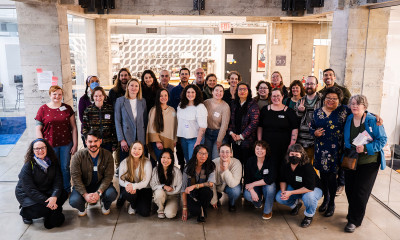
Our 2025 LULI kicked off February 22. Over the next three months, these 30 participants will learn how to advocate for Oregon’s most pressing land use issues.
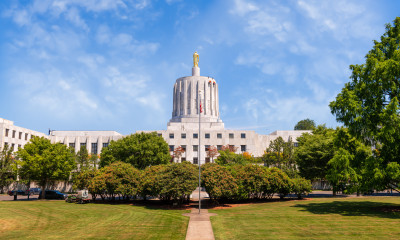
This long session saw a record-setting number of bills introduced, with some wins in housing, major advocacy for working lands protections, and a rocky transportation outlook.
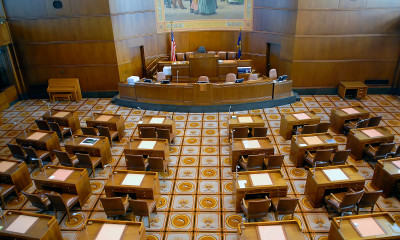
An emergency session on transportation funding began Friday, August 29. We are continuing to advocate for a budget fix to support cities, counties, and transit agencies, in addition to ODOT workers.
Glossary, continued
- Measure 37
Oregon legislation opposed by 1000 Friends but passed by voters in 2004. The erosion of the state’s land use system ensued. From Ballotpedia: “Measure 37 allowed property owners whose property value had been reduced by environmental or other land use regulations to claim compensation from state or local government. If the government failed to compensate a claimant within two years of the claim, the new law allowed the claimant to use the property under only the regulations in place at the time [they] purchased the property.” - Measure 49
Oregon legislation supported by 1000 Friends and passed by voters in 2007. Measure 49 overturns and/or modifies many of the provisions of Measure 37, effectively restoring the state’s land use system. - Missing middle
Middle housing is loosely defined as housing that has a footprint equal or lesser to single family homes, but with more units, e.g., duplexes or apartments. It’s also in economic reach of millennials, Gen Z, seniors, and people with lower incomes. The term missing middle refers to the fact that middle housing is desperately wanted and needed by many, but that it's incredibly difficult to find and build in most urban areas. The term is relatively new and was created by Daniel Parolek, an urban planner and architect. - NIMBY: Not In My Back Yard
An attitude characterized by a desire to oppose specific development projects or generally slow growth within, typically, already-affluent and exclusive neighborhoods or areas. - P4E: Portland for Everyone
A program of 1000 Friends, P4E was a coalition of more than 40 Portland organizations dedicated to local zoning reform that relegalized smaller and more affordable missing middle housing types for infill throughout the city. - RIP: Residential Infill Project
According to the City of Portland, the Residential Infill Project “would address concerns about rising housing costs and large new structures in three significant ways:- Requiring smaller houses that better fit existing neighborhoods.
- Creating more housing choices for people’s changing needs.
- Establishing clear and fair rules for narrow lot development.”
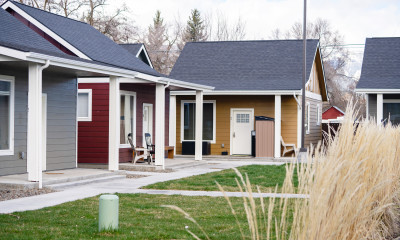
To address Oregon’s housing shortage, developers across the state are turning to middle housing: Duplexes, triplexes, townhomes, cottage clusters, and other starter housing.
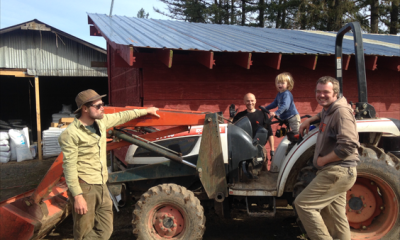
A small farm outside North Plains that's focused on community supports finds itself in the middle of the battle over boundary expansions.
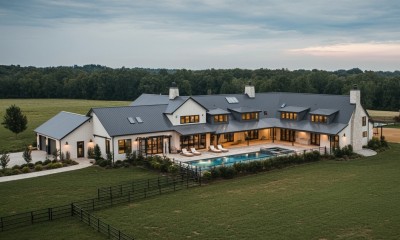
Replacement dwelling permits were specifically designed to help people recover after a natural disaster or other hardship, but a loophole is now being exploited.
Glossary, continued
- SB 100: Senate Bill 100
Passed in 1973 under the leadership of Governor Tom McCall, SB 100 established Oregon’s land use planning program, creating the Land Conservation and Development Commission – directing it to adopt statewide land use planning goals – and requiring comprehensive plans and urban growth boundaries, also establishing the Department of Land Conservation and Development for implementation. The following year, 1000 Friends of Oregon was founded as a nonprofit watchdog to protect this landmark legislation. - UGB: Urban growth boundary
These are the boundary lines that each one of Oregon’s 241 towns and cities draw for themselves, intended to prevent sprawl and required to contain an approximately 20-year land supply for all urban uses. - Urban/rural
Urban = inside a UGB. Rural = outside a UGB. 1000 Friends of Oregon works every day to maintain a thriving balance of the two. - Working lands
A phrase used to refer to the farms, forests, and ranches that make up Oregon’s productive agricultural land. - YIMBY: Yes In My Back Yard
The antithesis of a NIMBY. “Yes, In My Backyard” – pro-housing advocates. A national movement countering the NIMBY movement.
